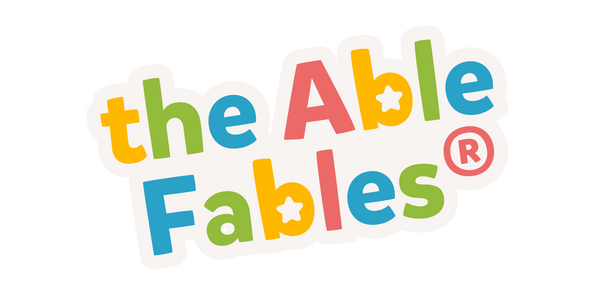
4 actionable ways to raise disability-inclusive kids
I’ve been thinking a lot lately about the world we’re shaping for our kids—what they see, what they hear, and what messages they pick up without even realizing.
One of the core values in our home is inclusion—not just talking about it, but really living it. And when it comes to raising kind, empathetic, and inclusive kids, disability awareness and inclusion isn’t something we should just leave to chance.
It doesn’t take grand gestures. Small, everyday choices can make a big difference.
Here are five practical ways to nurture disability inclusion in your child’s heart and mindset—no matter their age, but hey! The earlier, the better!
1. Talk about disability early and often
Kids are naturally curious, and they will notice differences—whether it’s someone using a wheelchair, an AAC device, or moving through the world in a way they haven’t seen before. The key is to make those conversations neutral, open, and kind.
Try this:
If your child sees someone using a mobility aid at the playground and asks about it, resist the urge to hush them. Instead, say something like,
“Great question! That’s a wheelchair. Some people use them to get around, because they have difficulty walking or cannot walk. Isn’t it cool how we all have different ways of moving through the world?”
Let these moments when kids as important questions become teachable ones, not taboo ones.
2. Diversify your bookshelf + media + toy selection
Representation matters—so much. What stories are filling your shelves, your screens, and your child's imagination through play? It’s powerful for kids to see disabled characters and kids as everyday people living rich, joy-filled full lives.
Try this:
Choose books where kids with disabilities are part of an engaging, active storyline. Check out my disability inclusive book series for 3-6 year olds, The Able Fables® or some of my other favorites!
- Best Day Ever by Marilyn Singer
- Ali and the Sea Stars by Ali Stroker
- Mighty Mila by Katie Petruzziello
3. Create opportunities for connection and friendship
Kids learn empathy not just by being told about it—but by experiencing it. That means going beyond awareness and making space for real, meaningful relationship. Sometimes, that involves us stepping out of our comfort zones too.
Try this:
Look for inclusive community events, inclusive playgrounds, or programs where your child can spend time with kids/people with disabilities. Even within your child’s school or neighborhood, gently prompt questions like:
“Who do you sit with at lunch?”
“Is there someone in your class who uses sign language or a wheelchair? What games do you play together?”
And if your child is unsure how to connect, role-play simple ways to say hello or ask to join in. Social courage develops with practice and support, not pressure.
4. Research then model inclusive language
How we speak about people—and with people—matters. That includes being mindful of ableist phrases, doing our own research, and staying open to learning when we mess up (because we all will).
Try this:
Use the words "disability" and "disabled" in conversations. Take time as an adult to listen and learn from disabled adults with in the disability community.
One last note…
You’re not expected to have all the answers. Disability inclusion isn't asking for perfection. What matters most is our willingness to stay curious, to keep trying, and to raise kids who notice who’s missing from the table—and who have the tenderness and courage to pull up more chairs.
We all want our kids to be good humans.
Roots-deep kindness starts right here: in our living rooms, our story times, our everyday choices.
So maybe the real question is: What’s one small way you can choose inclusion today? I'd love to hear your answer in the comments 💛
Keep kind, love big! Nicole
